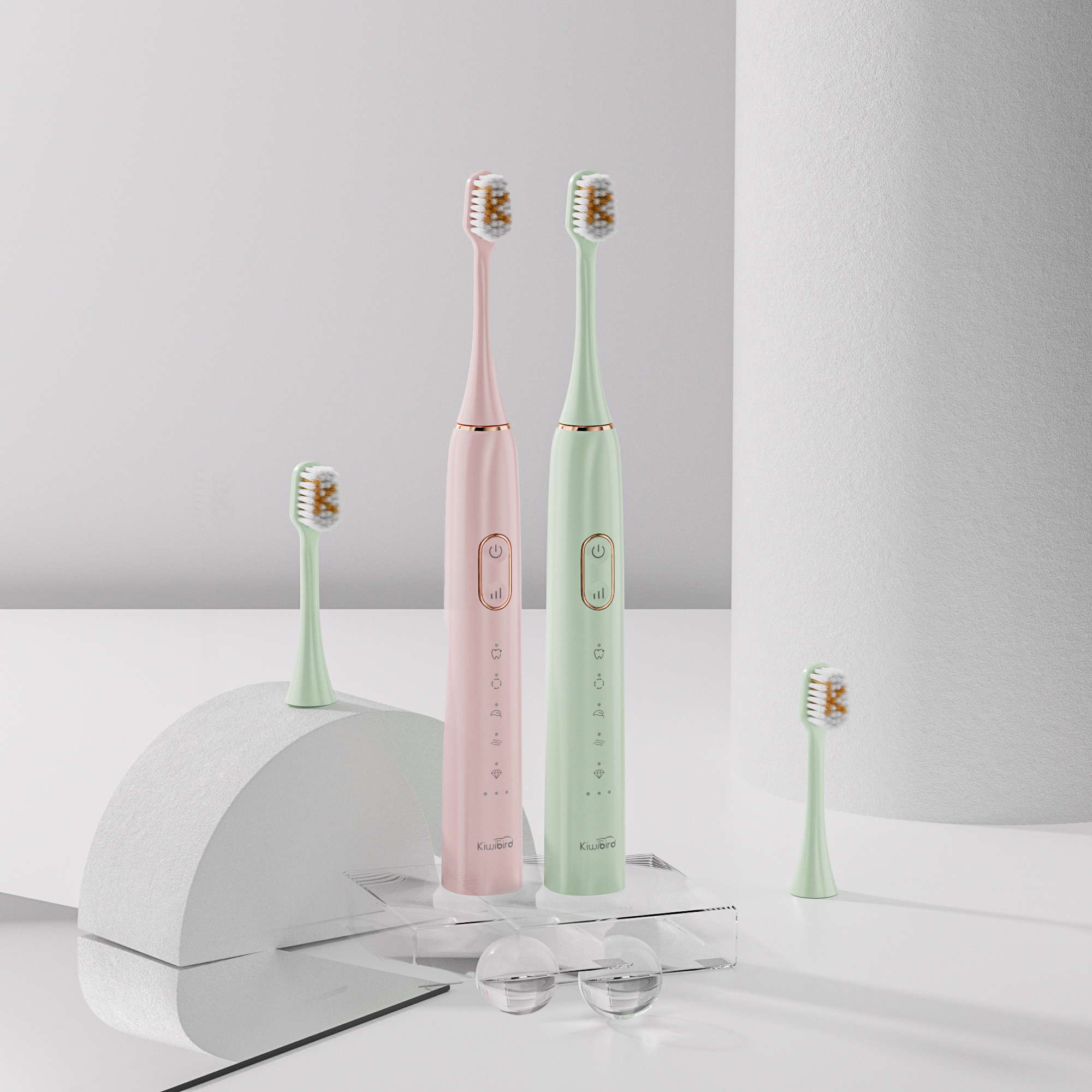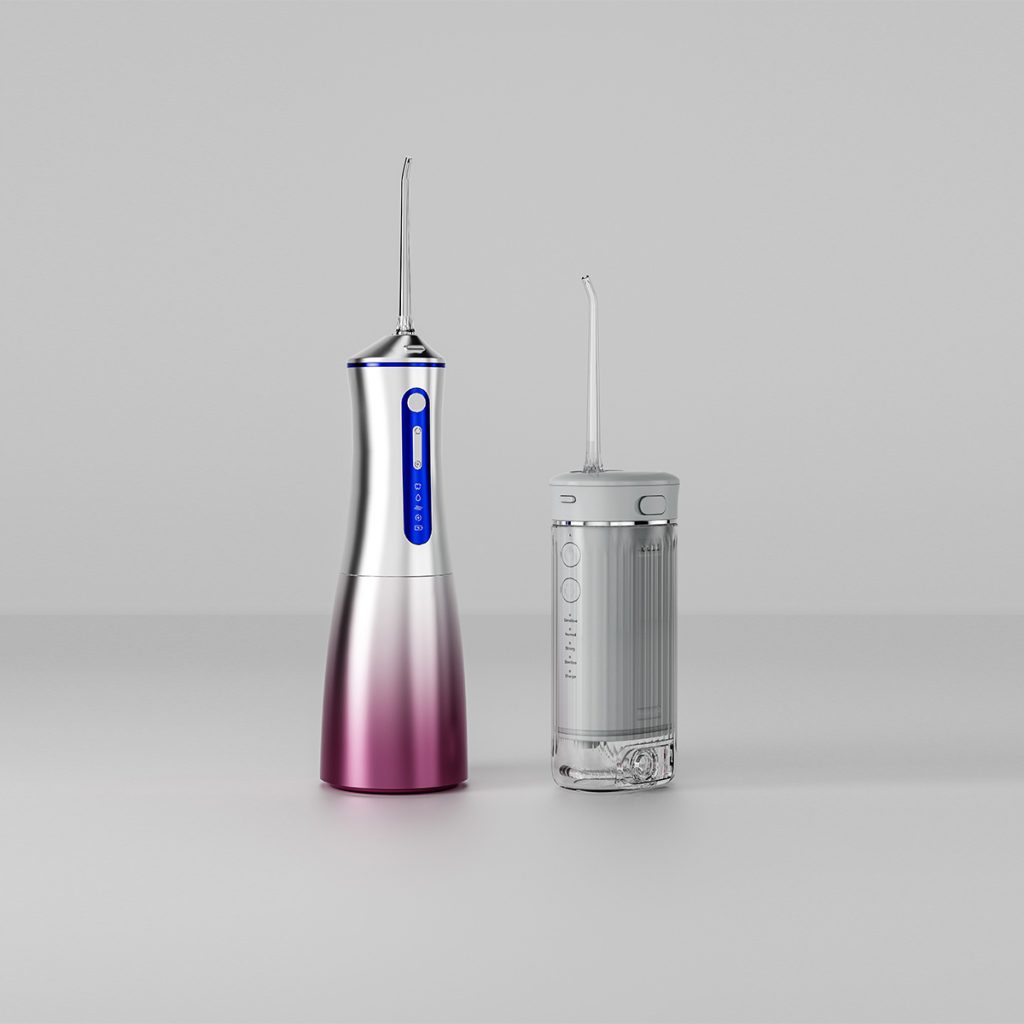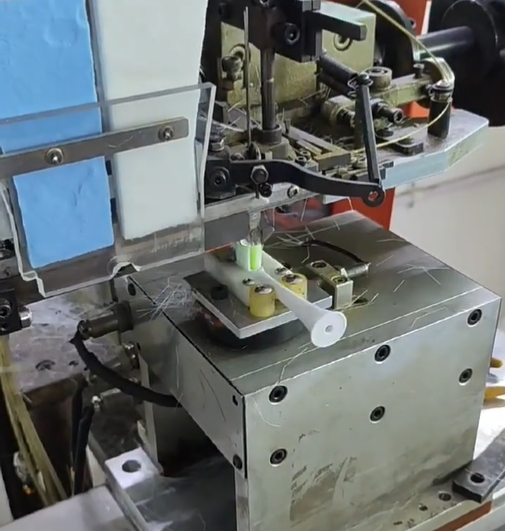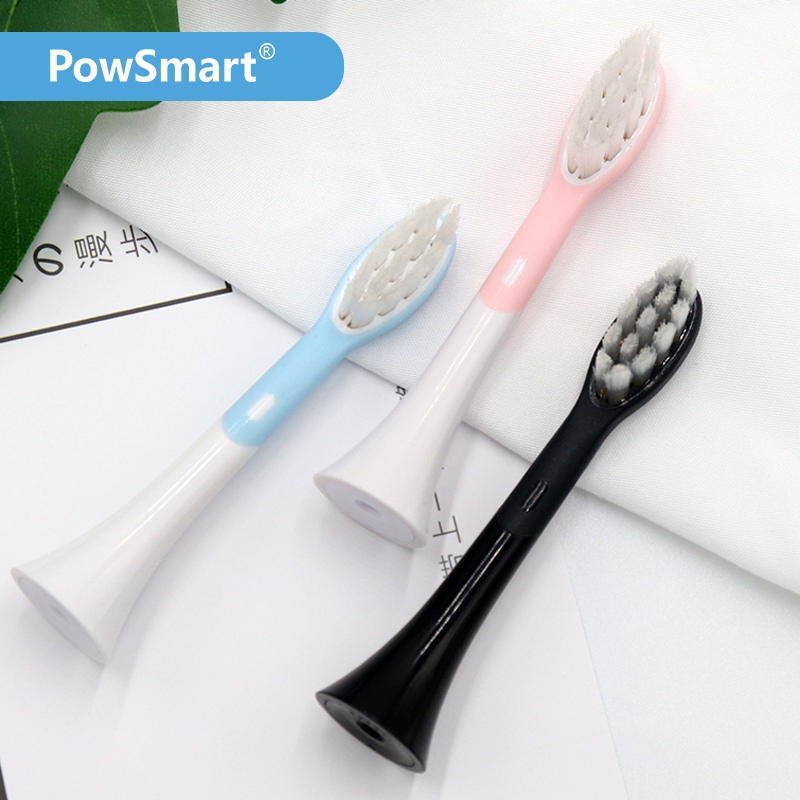When an electric toothbrush’s internal components succumb to motor corrosion, the resulting debris and altered electrical pathways can interfere with the device’s Bluetooth radio, leading to intermittent app connectivity or complete pairing failures. Six moisture damage pathways cascade into wireless communication failures.
First, it’s crucial to understand why motors corrode in the oral‐care environment:
Once corrosion begins, it accelerates as moist ions migrate through micro‐cracks, undermining the motor’s mechanical and electrical integrity.
Next, consider how corrosion transforms motor behavior under load:
Subtle electromechanical degradation often escapes notice until erratic operation or failures occur. Company web:https://www.powsmart.com/product/electric-toothbrush/
Moreover, a corroded motor can directly disrupt app connectivity through electromagnetic interference (EMI):
Consequently, users may find their app reports lagging, brushing sessions unsynchronized, or firmware updates failing to initiate.
To proactively identify when motor corrosion is at fault, watch for these red flags:
Detecting these patterns early prevents frustrated users and unnecessary warranty returns.
B2B manufacturers can implement multiple layers of defense:
By combining mechanical, chemical, and electromagnetic safeguards, you can eliminate the root causes of app connectivity failures.
Finally, reinforce these design improvements with stringent QA and partner education:
A holistic QA and training regimen ensures channel partners understand both how to prevent corrosion and how to remediate customer issues swiftly.
Conclusion
Seemingly minor motor corrosion can cascade into serious app connectivity failures—undermining the very “smart” features that differentiate your electric toothbrush in the marketplace. Embed robust QA protocols” is omitted to meet word limits but is inherently covered by “safeguards”. Contact us to integrate these industry‐leading corrosion controls into your next‐generation oral‐care products!


.jpg)
sonic electric toothbrush Montgomery

Affordable Electric Toothbrush Recommendations for Students: A Guide for Oral Care Brands
.jpg)
Key Points for Customized Water Flosser Nozzle: Food-Grade Silicone vs. PP Material and Antibacterial Structure Design
Hollow Motors Cause Compatibility Issues? Industry Secrets Exposed!
.jpg)
How to Evaluate an Electric Toothbrush Supplier Portfolio and Electric Toothbrush Supplier Capabilities?

Analyzing Oral-B Style Handle Technology: A Cost-Benefit Guide for OEM Brands

The Science of Electric Toothbrush Bristle Layout: How Do Cross-pattern, Wave-pattern, and Height Difference Affect Cleaning Power?

Are Electric Toothbrush Heads Universal?
Electric Toothbrush for Plaque Removal – Professional Cleaning for Dental Businesses

Beyond Aesthetics: How Integrated Design Elevates Your OEM Electric Toothbrush

Why Is the Powsmart Ortho Head Key to the Clean Braces Technique?
Are Erratic Brushing Mode confusion and Timers Failing Simultaneously?

How to Find High-quality Electric Toothbrush Factories for Cooperation?
Noise Complaints from Handle Corrosion? A Silent Threat Uncovered!

Can Travel Electric Toothbrush’s Waterproof Failure Cause Circuit Corrosion?
Long Battery Life Electric Toothbrush – OEM & Bulk Supply for Global Distributors

electric toothbrush heads Ultra Soft

electric toothbrush heads Charcoal Infuse-Round
.jpg)
Florida Electric Toothbrush – Powsmart PTR-C8

electric toothbrush heads Regular Clean

Private Label Whitening Gel

Customization Teeth Whitening Gel

Electric toothbrush heads Charcoal Infused-Diamond

electric toothbrush heads Deep Clean
whstapp
whstapp
National Toll-Free Service Hotline
+86 755 86238638